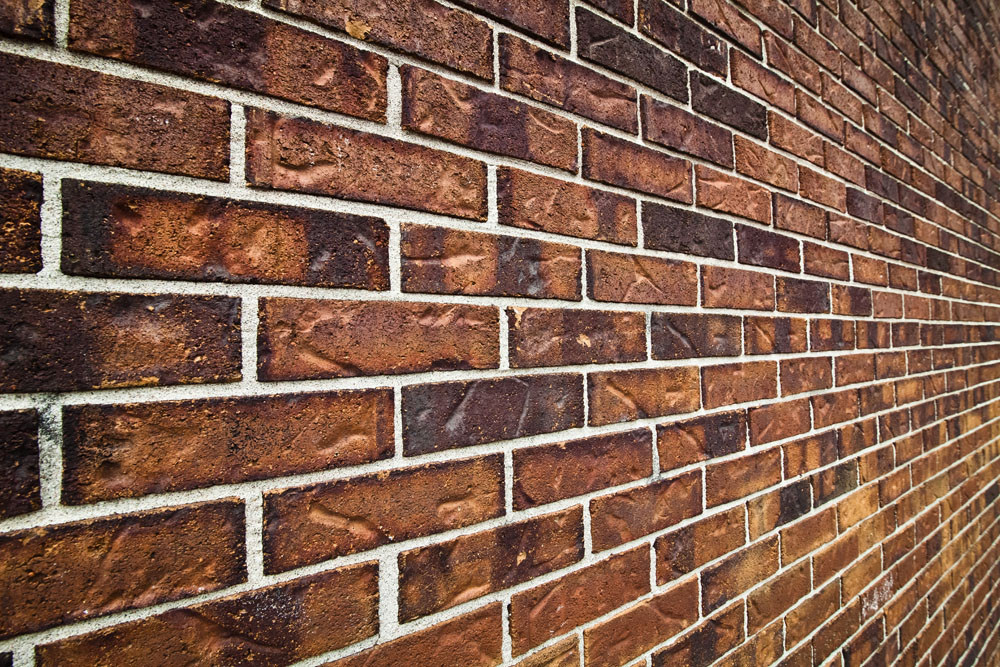Introduction
Brick masonry has stood the test of time, serving as a foundational aspect of construction for centuries. But have you ever wondered what makes brick masonry so durable? In this comprehensive guide, we will dive deep into the science behind brick masonry durability, exploring its components, maintenance, and real-world applications. Whether you're a homeowner looking to repair your chimney or a masonry contractor aiming to enhance your knowledge, this article is designed to equip you with valuable insights.
Understanding the Science Behind Brick Masonry Durability
Brick masonry durability hinges on several factors, including material selection, environmental conditions, and proper construction techniques. The combination of clay or concrete bricks with mortar creates a robust structure that can withstand various stresses and strains.
The Composition of Brick Masonry
Types of Bricks Used
Clay Bricks: Made from natural clay and fired in kilns, clay bricks are known for their strength and aesthetic appeal. Concrete Bricks: These are made from cement and aggregates. They are often used for structural purposes due to their superior load-bearing capabilities. Sand-lime Bricks: Composed of sand, lime, and water, these bricks are known for their sound insulation properties.The Role of Mortar
Mortar acts as the binding agent in brick masonry. It's crucial to select the right type of mortar—whether it’s lime-based or cement-based—depending on the specific requirements of your project.
Physical and Chemical Properties of Bricks
Bricks possess unique physical properties such as:
- Porosity: This affects how bricks absorb moisture. Thermal Conductivity: Bricks can retain heat, making them energy-efficient.
From a chemical perspective, the composition varies based on materials used in production. High-quality bricks resist weathering better than cheaper alternatives.
Factors Affecting Brick Masonry Durability
Environmental Conditions
Climate Impact
Tigard brick masonry professionalsDifferent climates pose varying challenges to brick structures. For example:
- In humid areas, moisture can seep into bricks leading to efflorescence. In colder regions, freeze-thaw cycles can weaken mortar joints.
Understanding these impacts is essential when planning your construction projects.
Soil Conditions
The condition of the soil where brick structures are built also plays a critical role in their longevity. Expansive clay soils can cause shifting and cracking over time.
Construction Techniques
Proper installation is fundamental to ensuring durability:
Quality Control: Ensuring that materials meet industry standards. Correct Mixing Ratios: For both bricks and mortar mixtures. Attention to Detail: Proper joint width and alignment during installation.Regular Maintenance Practices
Chimney Repair & Care
Chimneys often suffer from neglect but maintaining them is crucial for overall brick masonry health. Regular inspections can identify problems early on:
- Look for cracks or loose bricks. Check for signs of water damage or efflorescence.
Common Issues in Brick Masonry
Water Damage
Moisture intrusion leads to various issues like mold growth and structural weakening. Identifying sources of water infiltration is vital for prevention.
Cracking and Settling Issues
Over time, buildings settle which may lead to cracking in walls or chimneys. Understanding why these cracks occur helps in timely repairs.
Benefits of Brick Masonry Durability
Aesthetic Appeal
Brick offers timeless beauty; its variations allow for unique architectural styles while maintaining structural integrity.
Energy Efficiency
Due to their thermal mass properties, brick structures help regulate temperatures inside homes, reducing energy costs significantly.

Fire Resistance
Bricks do not burn easily compared to wood; thus they provide an extra layer of safety against fires.
FAQs
Q1: What’s the lifespan of brick masonry?
A1: When properly maintained, brick masonry can last over 100 years!
Q2: How do I know if my chimney needs repair?
A2: Look for cracks or loose bricks on the exterior; signs like smoke backdrafts are also indicators.
Q3: Can I replace individual bricks?
A3: Yes! A skilled masonry contractor can replace individual bricks without compromising the integrity of the entire structure.
Q4: How does weather affect brick structures?
A4: Extreme weather conditions can cause wear over time; humidity leads to efflorescence while cold temperatures may induce cracking due to freeze-thaw cycles.
Q5: Are there any eco-friendly options available?
A5: Absolutely! Reclaimed bricks offer an environmentally friendly solution while retaining historical charm.
Q6: What maintenance practices should I follow?
A6: Regular inspections focusing on water damage signs and addressing small repairs promptly will prolong your structure's life significantly!
Conclusion
In summary, understanding the science behind brick masonry durability reveals not only its importance but also how various factors influence its longevity. From material selection to proper maintenance practices like chimney repair undertaken by experienced masonry contractors, each element plays a pivotal role in ensuring that our built environments stand strong against time and nature's elements.
By investing time into learning about these aspects—be it through DIY efforts or consulting professionals—you pave the way toward more resilient structures that hold both functional value and aesthetic beauty for generations to come.